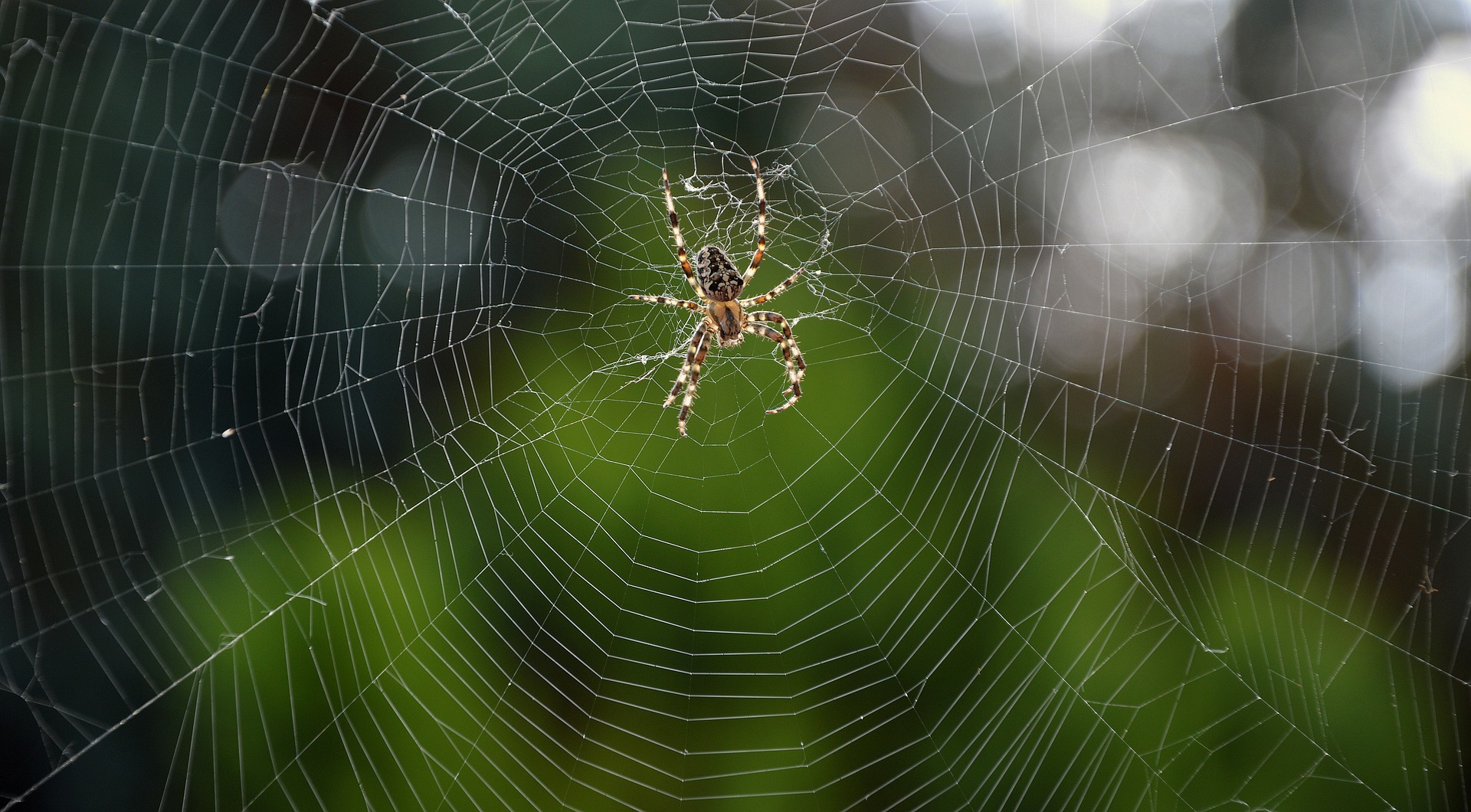Why doesn’t a spider get stuck in its own web?

Image by Peggy Choucair from Pixabay
In making an orb or a wheel-like web, the spider starts by drawing out of its spinnerets, at the end of the body, a thread of silk. The strand trails down until it catches on vegetation. The spider pulls it in and attaches the other end. Like the spokes of a wheel, radial threads are attached from the centre of this main line to the surrounding vegetation. The spider then goes round the ‘wheel’ attaching silk to the radial lines until the web is complete. It doesn’t cut threads with mandibles but dissolves them using saliva and recycles excess silk by eating it. Some of the threads are coated in droplets of adhesive.
It doesn’t get caught in its own web because it avoids the sticky threads. It has body oils and special hairs on its legs that prevent it from getting stuck. Finally, the chemical nature of the adhesive is such that, by pulling very gently, a trapped leg will go through it. Only if it is pulled too quickly or jerkily does the adhesive harden to trap the body, just right for catching flying insects.
Answer by Dr Graham E Rotheray
To feature in our Brain Dump section, send us your questions to [email protected] or message us on Facebook or Twitter
For more science and technology articles, pick up the latest copy of How It Works from all good retailers or from our website now. If you have a tablet or smartphone, you can also download the digital version onto your iOS or Android device. To make sure you never miss an issue of How It Works magazine, subscribe today!




